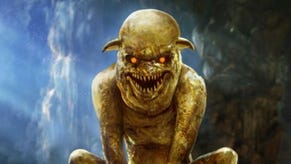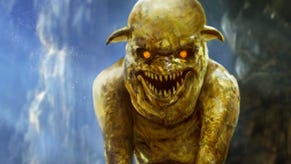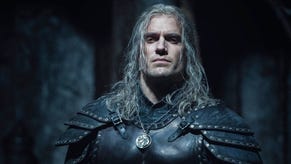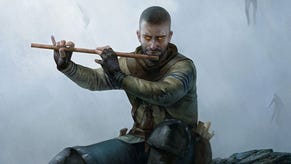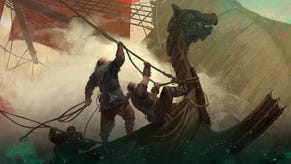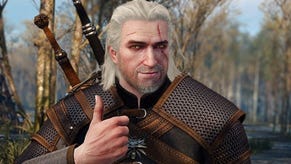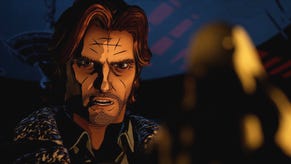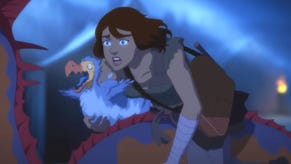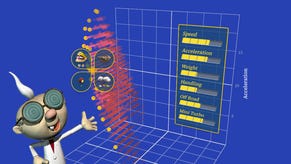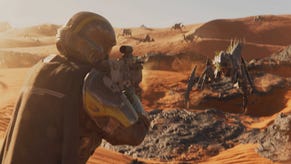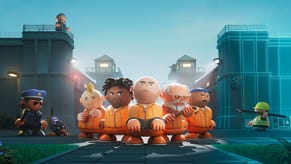Gwent has a cool idea to combat card pack RNG
Pack it in.
A lot of collectible card games let you buy and open card packs. It's a fun mechanic, but one of the issues with the system is its randomness. Most of the time you get a load of cards you either don't want - or already have.
Gwent, the standalone collectible card game that began life as a Witcher 3 mini-game, has a cool idea to combat this card pack RNG.
When you open a pack of cards in Gwent, three cards that are either rare quality or better are presented to the player. You pick one of these to keep and discard the others. Then, the remaining four cards included in the pack are chosen at random and given to you.
Developer CD Projekt told Eurogamer at E3 this system is about giving the player a degree of choice as to which cards will be added to their collection. Let's say two of the three cards that show up first are for a faction you don't like playing with. You can ditch those, effectively replacing them with another card picked out at random. It's like a second roll of the dice.
"We have our own thoughts about card games in general, and we felt this innovation would reduce the frustration you sometimes get if you get all the cards you don't want to have," Mateusz Tomaszkiewicz, principal narrative designer, said.
"This gives you at least some degree of control and you feel like you can pick what you like the best.
"We're fair to players with our games, and we believe this is something they will enjoy and will improve their experience."
Gwent is a free-to-download game and as such employs a similar business model to Blizzard's Hearthstone.
You can play for free, but to get new cards you need to buy card packs. This can be done with real-world money or an in-game currency. CD Projekt has yet to decide how much they'll cost.
Gwent launches with four factions: Northern Kingdoms, Scoia'tael, Skellige and Monsters. Nilfgaardian Empire, which featured in the Witcher 3 mini-game, will be added post-launch, Tomaszkiewicz said.
There are two versions of each card: a standard version and a premium version. These premium versions include fancy animations, such as Geralt decapitating monsters, as opposed to the static images of the standard cards. Premium cards are a random inclusion in card packs, Tomaszkiewicz said.

Meanwhile, Gwent - surprisingly for a free-to-play collectible card game - includes a single-player campaign CD Projekt said should last around 10 hours.
The campaign set for Gwent's launch features an open world map you can explore from a top-down perspective, cutscenes and voice over narration. Karolina Stachyra, the writer who penned The Witcher 3's wonderful Bloody Baron storyline, is working on the story.
It's overkill, perhaps, for Gwent, but Mateusz Tomaszkiewicz, who pitched the idea of a substantial campaign to CD Projekt management, said he felt such a feature was missing from most card games.
"To be honest, I really like card games," he said. "I play a lot of them. And I always miss something like this. I always wanted to build up my army and immerse myself in the card game. I love the card games because the cards are so beautiful and I love collecting them. But in most of them, competitive multiplayer, I like that, but I'm not a hardcore player. I play it from time to time.
"In this case, I can just immerse myself and face off against some custom challenges. So I think to some degree the campaign is something I would like to play."
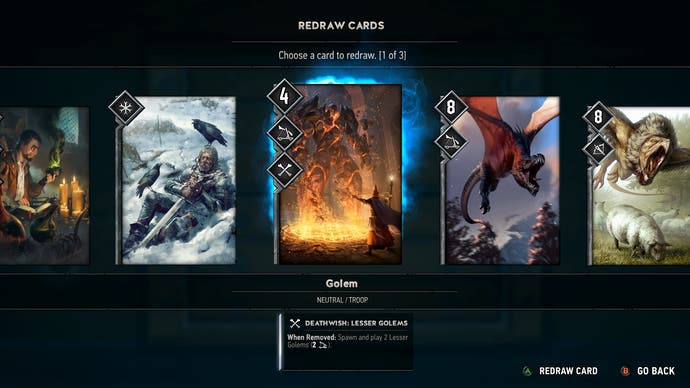
In designing Gwent's single-player campaign, Tomaszkiewicz took inspiration from Capybara Games' fantastic strategy game Might & Magic: Clash of Heroes.
Clash of Heroes includes a sprawling story, cutscenes with dialogue and a multi-environment map you can explore. When battles occur, the game switches to turn-based strategy.
Gwent works similarly, but with free movement around the map and a card game representing the clash of armies.
"At first I was like, it has very JRPG graphics, but it really sucked me in," Tomaszkiewicz said of Clash of Heroes.
"You had exploration and dialogue, and the battles were like this puzzle thing, a little bit like Puzzle Quest. I thought, why not do it with cards? Gwent is a battle of two armies, right? So why not use it as a presentation for actual battles?
"Some first ideas that were discussed were someone travelling and actually playing cards. But I thought, this has much more potential for storytelling."
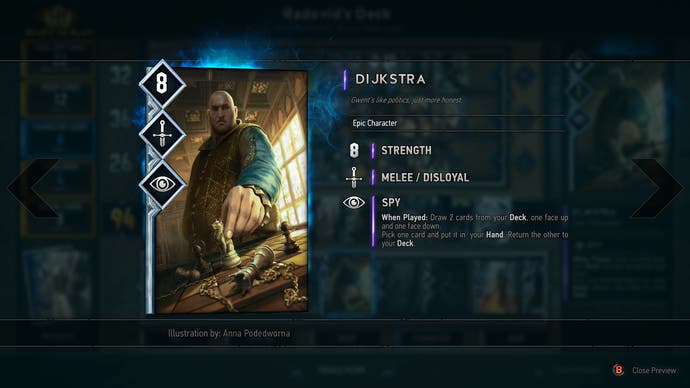
CD Projekt plans to release a campaign for each of Gwent's factions, which will offer a substantial amount of content over time.
In single-player, there's scope for the developer to break the rules of the card game. While balance is paramount in competitive multiplayer, CD Projekt can have fun with the campaign and present the player with custom challenges.
"I can give you opponents who break deck building rules," Tomaszkiewicz said. "For example, you go into a swamp, I can say, so yeah, this is a swamp so you can't use siege weapons on this battle because the siege machines wouldn't go through the swamp. So there are a lot of opportunities to keep you captivated and give you different kinds of challenges."
Gwent is due out on PC, PlayStation 4 and Xbox One later this year.



